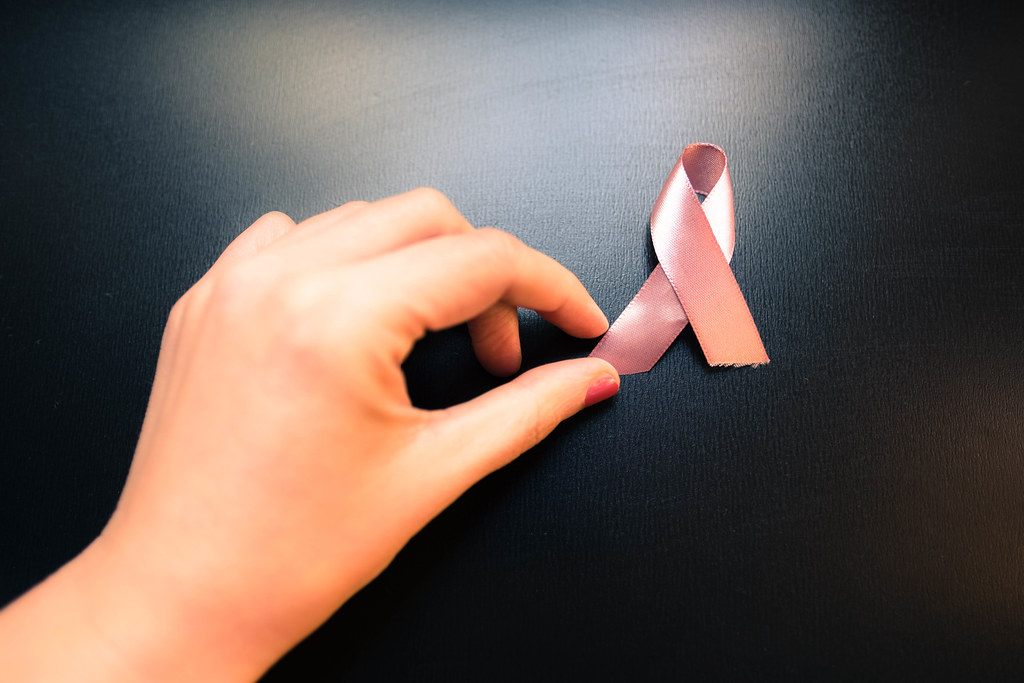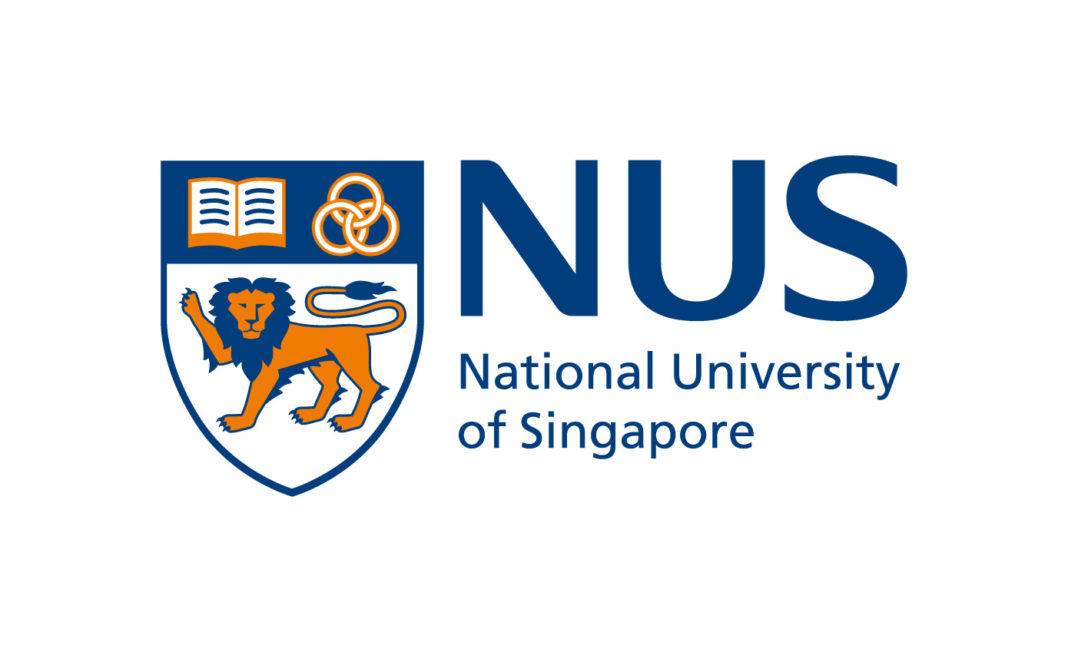The treatment uses magnetic pulses to stimulate respiration in the cancer cells, which have elevated levels of a protein, TRPC1, that is especially sensitive to the stimulation.
When exposed to the magnetic field, these cells essentially hyperventilate and eventually die.
They hope that this method will reduce the dosage needed for chemotherapy in the future, so that patients will have fewer side effects.
Magnetic fields can also target hidden cancer cells within a tumour that chemotherapy drugs travelling through the bloodstream cannot reach, said Associate Professor Alfredo Franco-Obregon from the NUS Institute for Health Innovation and Technology (iHealthtech), who led the development of the magnetic technology.
 The team said the strength of the device’s magnetic field is about 50 times greater than that of the earth’s, but 1,000 times smaller than conventional magnetic resonance imaging (MRI). One treatment session would take an hour.
The team said the strength of the device’s magnetic field is about 50 times greater than that of the earth’s, but 1,000 times smaller than conventional magnetic resonance imaging (MRI). One treatment session would take an hour.
The NUS research team is planning to start a one-year clinical trial with the National University Cancer Institute, Singapore (NCIS) in the second half of this year, to determine the safety of the device. About 30 breast cancer patients will be involved. The patients will try out the device for 30 to 60 minutes.
Prof Franco-Obregon said the device did not cause any significant side effects during pre-clinical trials, and a combination of magnetic therapy and chemotherapy was more effective in reducing the size of breast cancer tumours than either treatment by itself.
The NUS team is planning to test its magnetic therapy on prostate cancer as well, since the disease shares many similarities with breast cancer.
According to thestar.com.my














